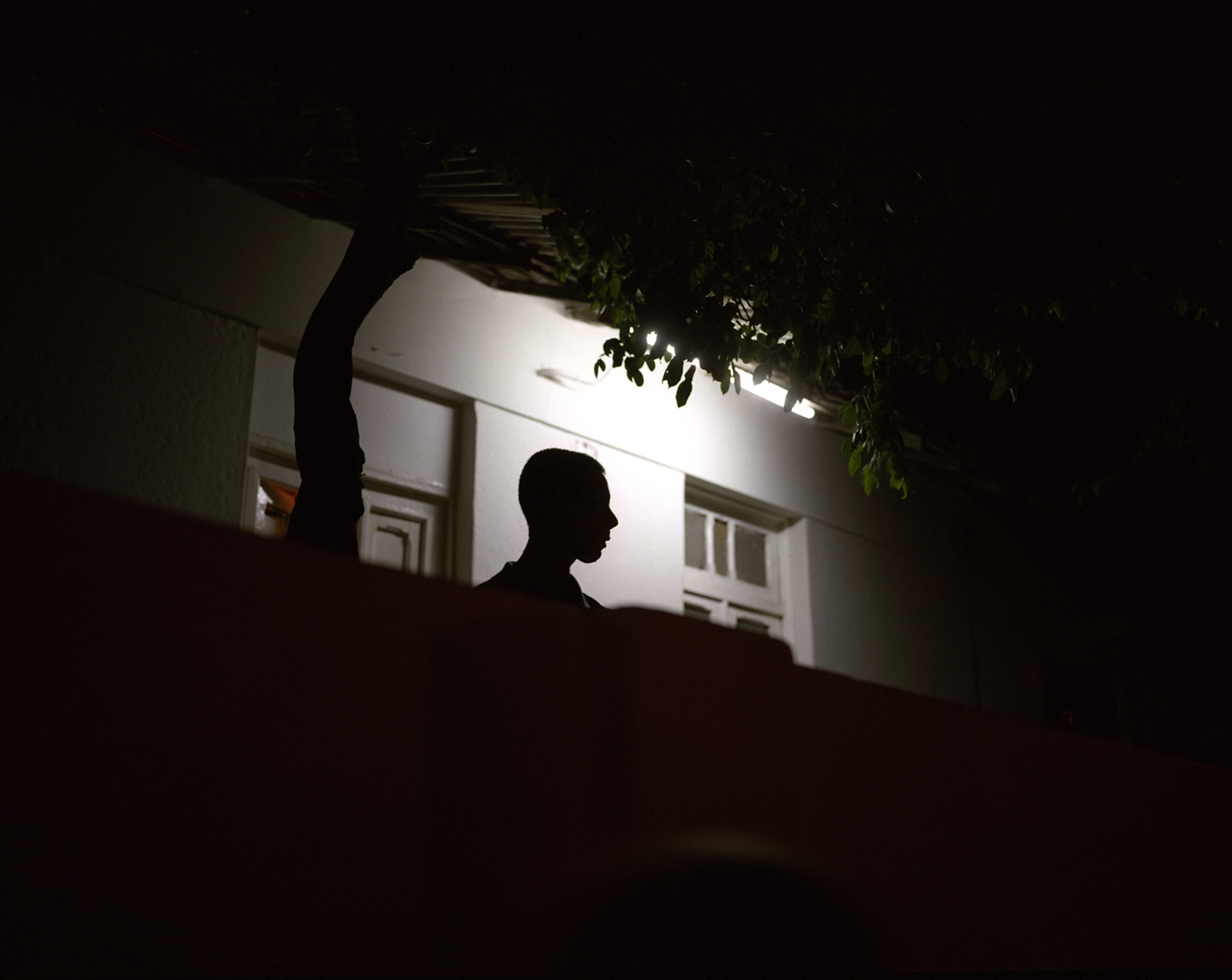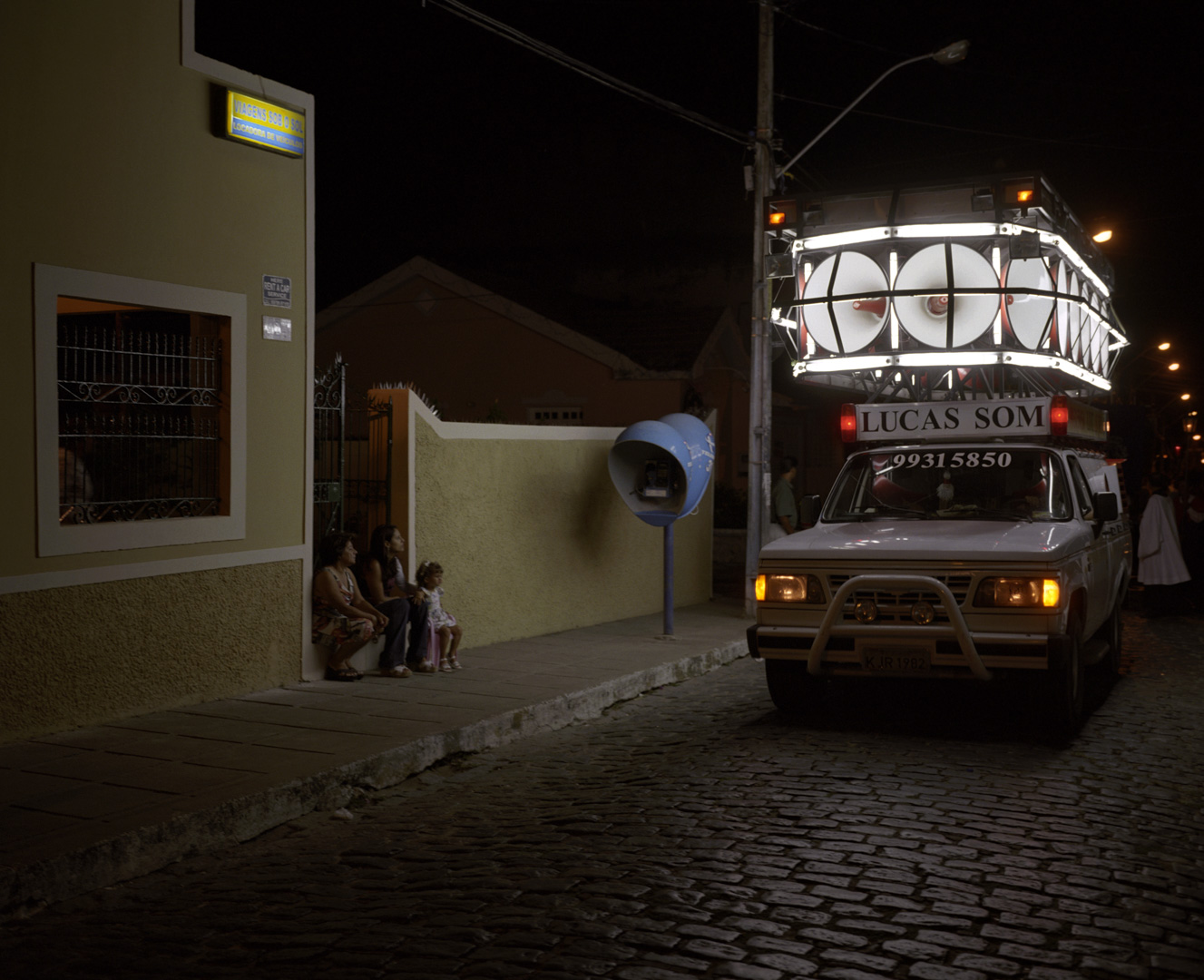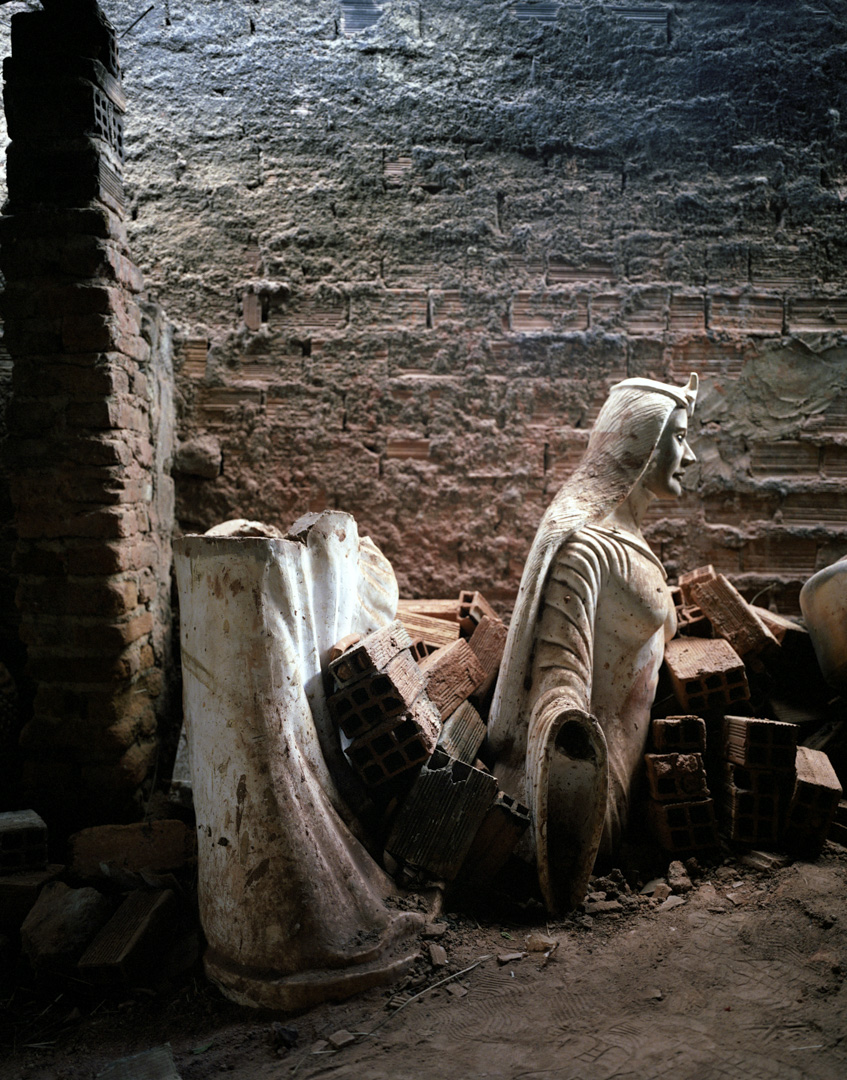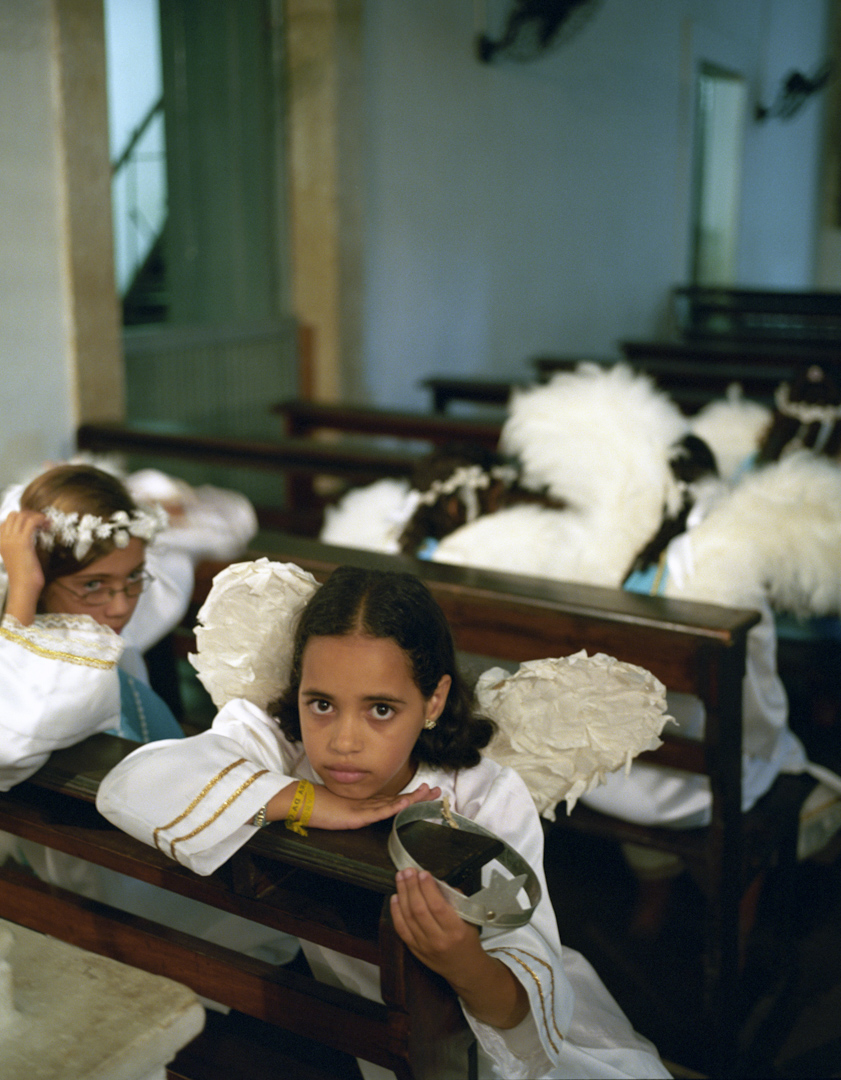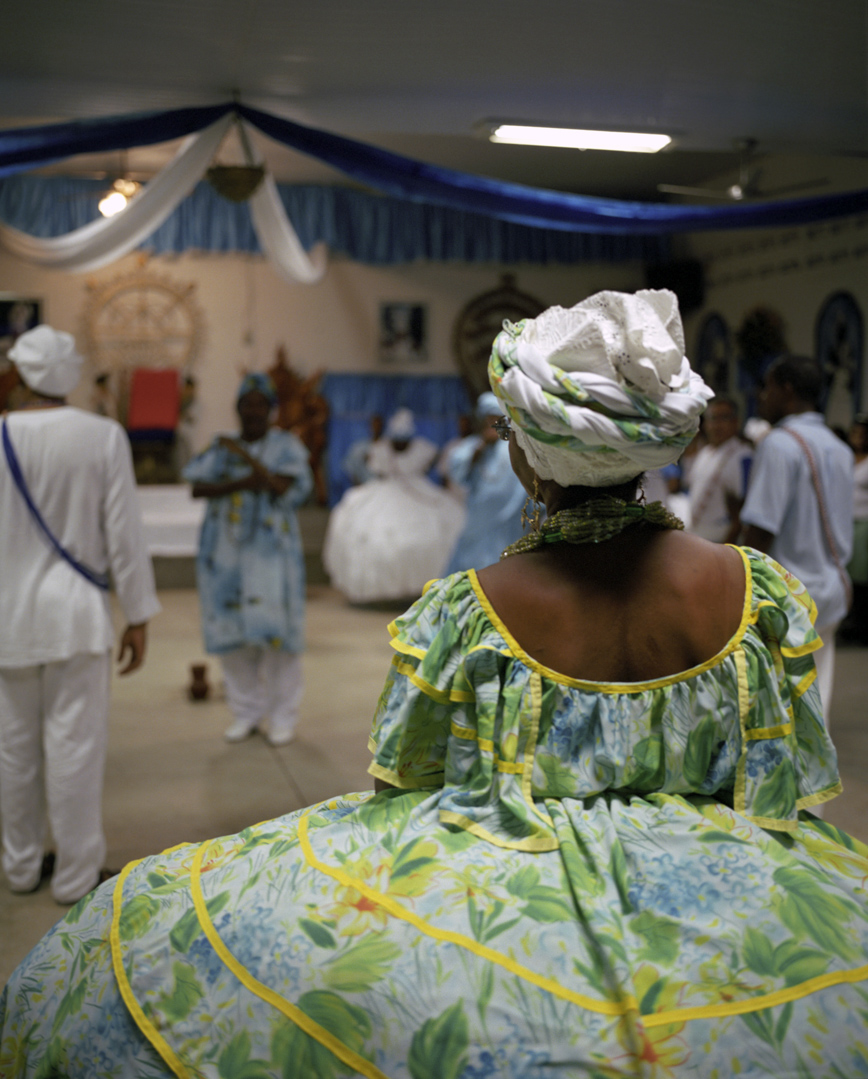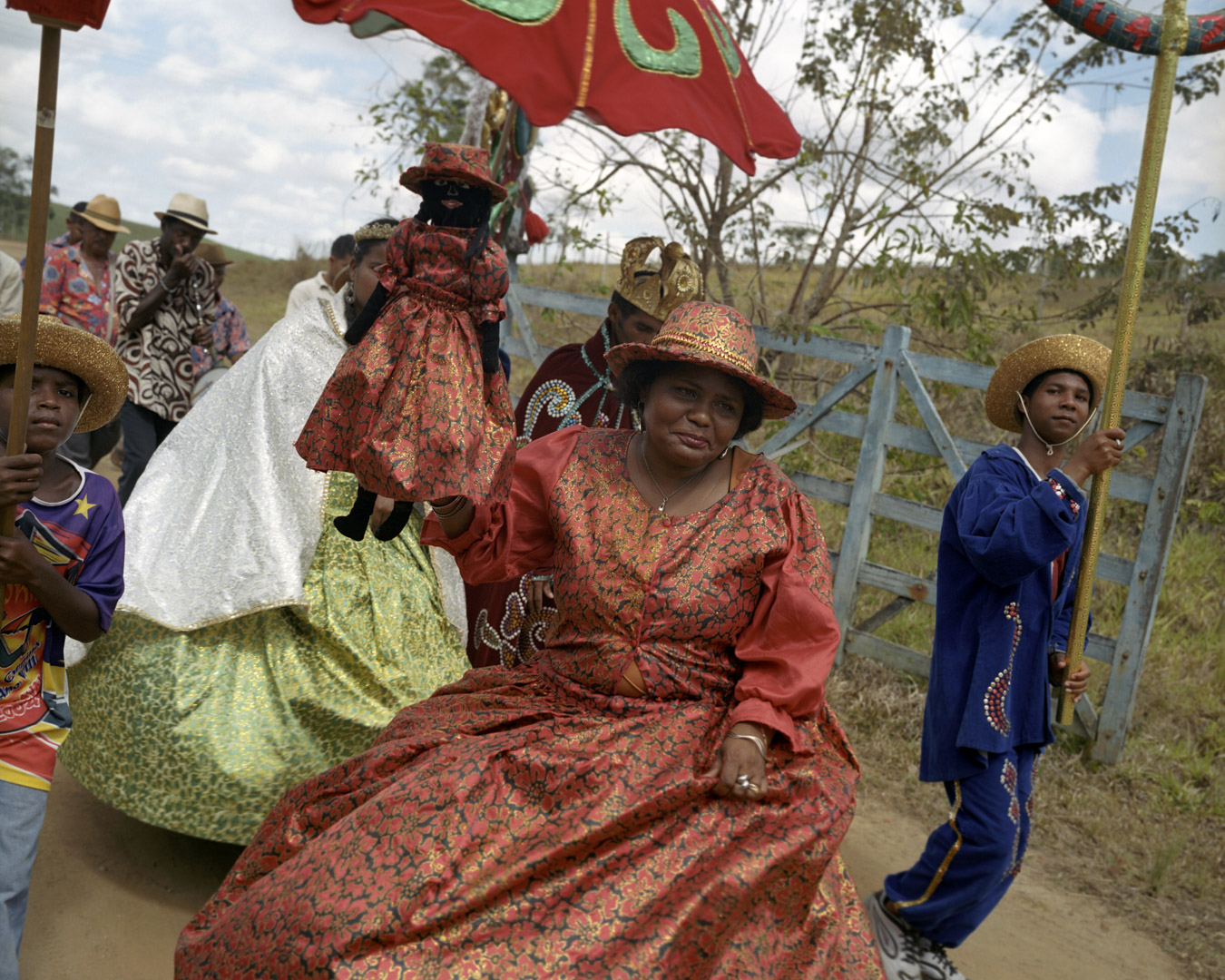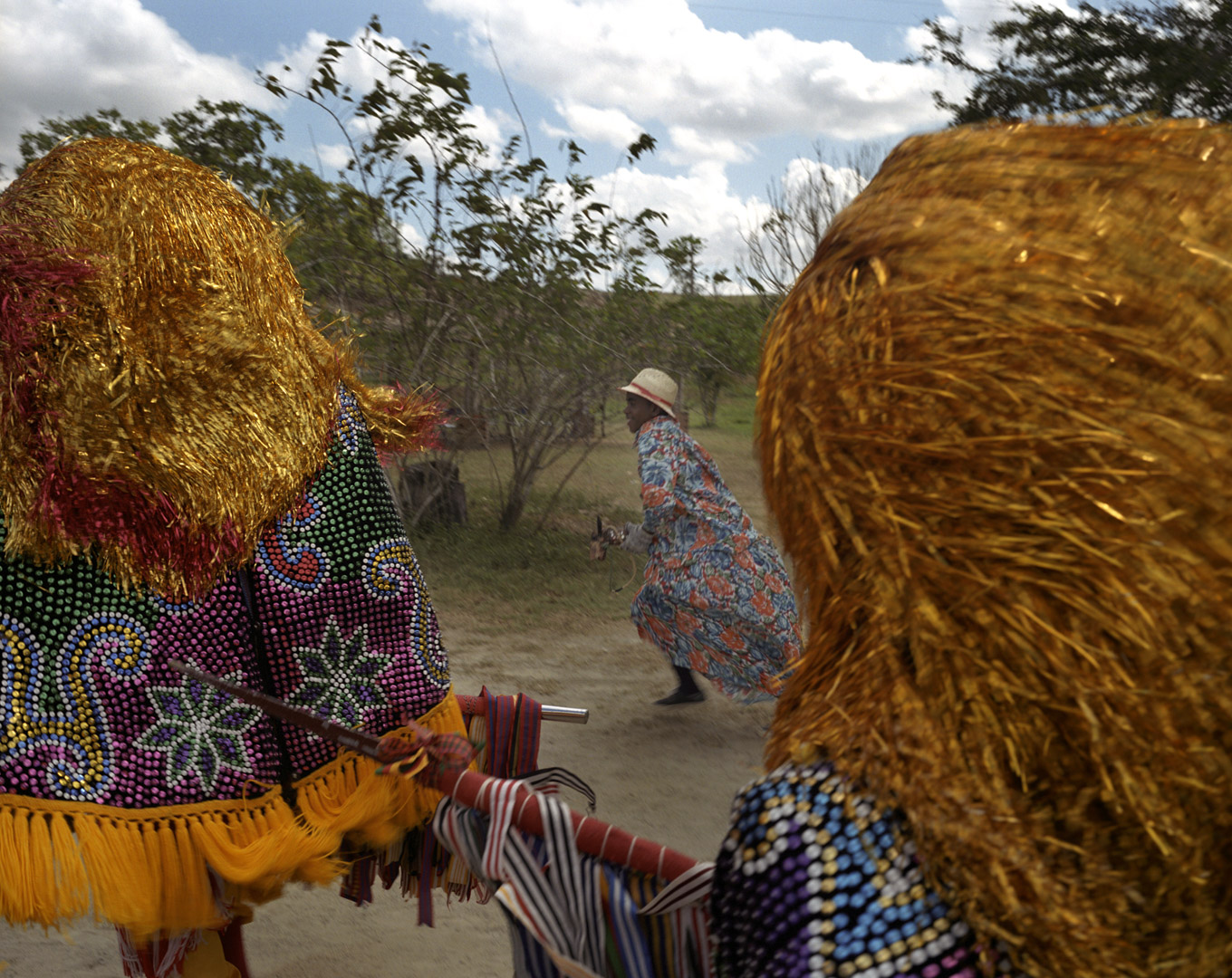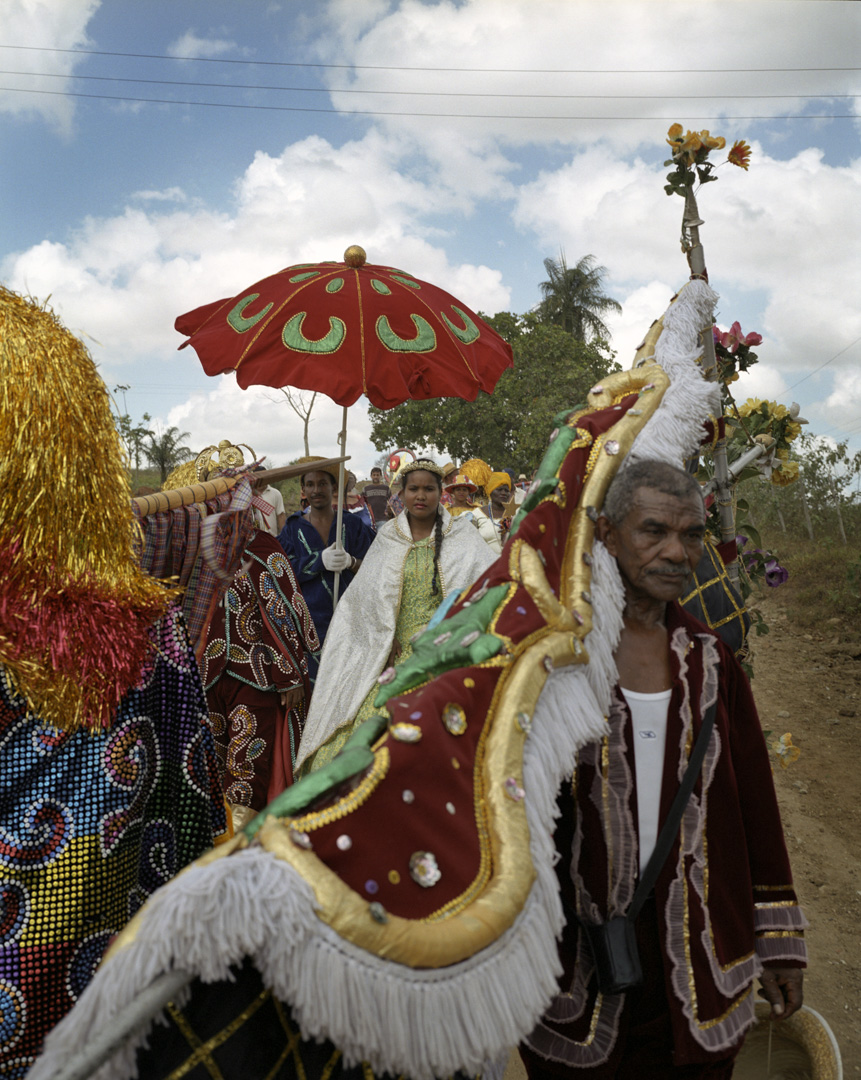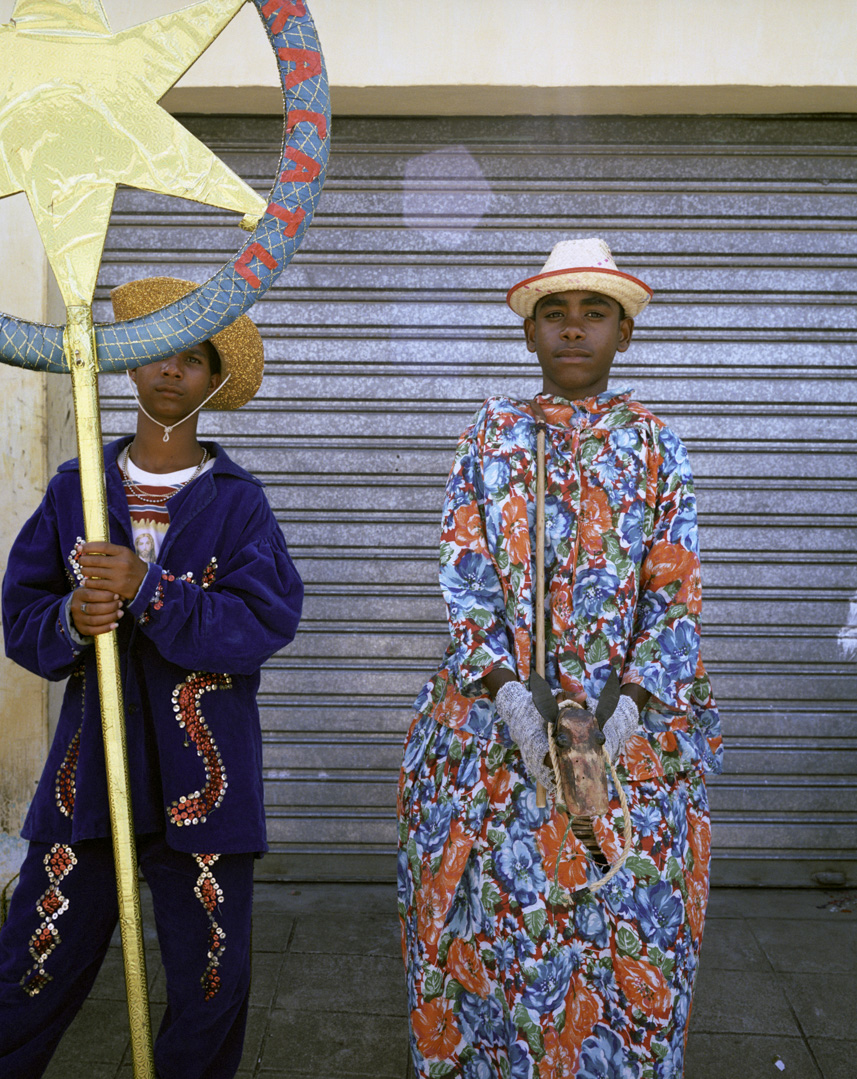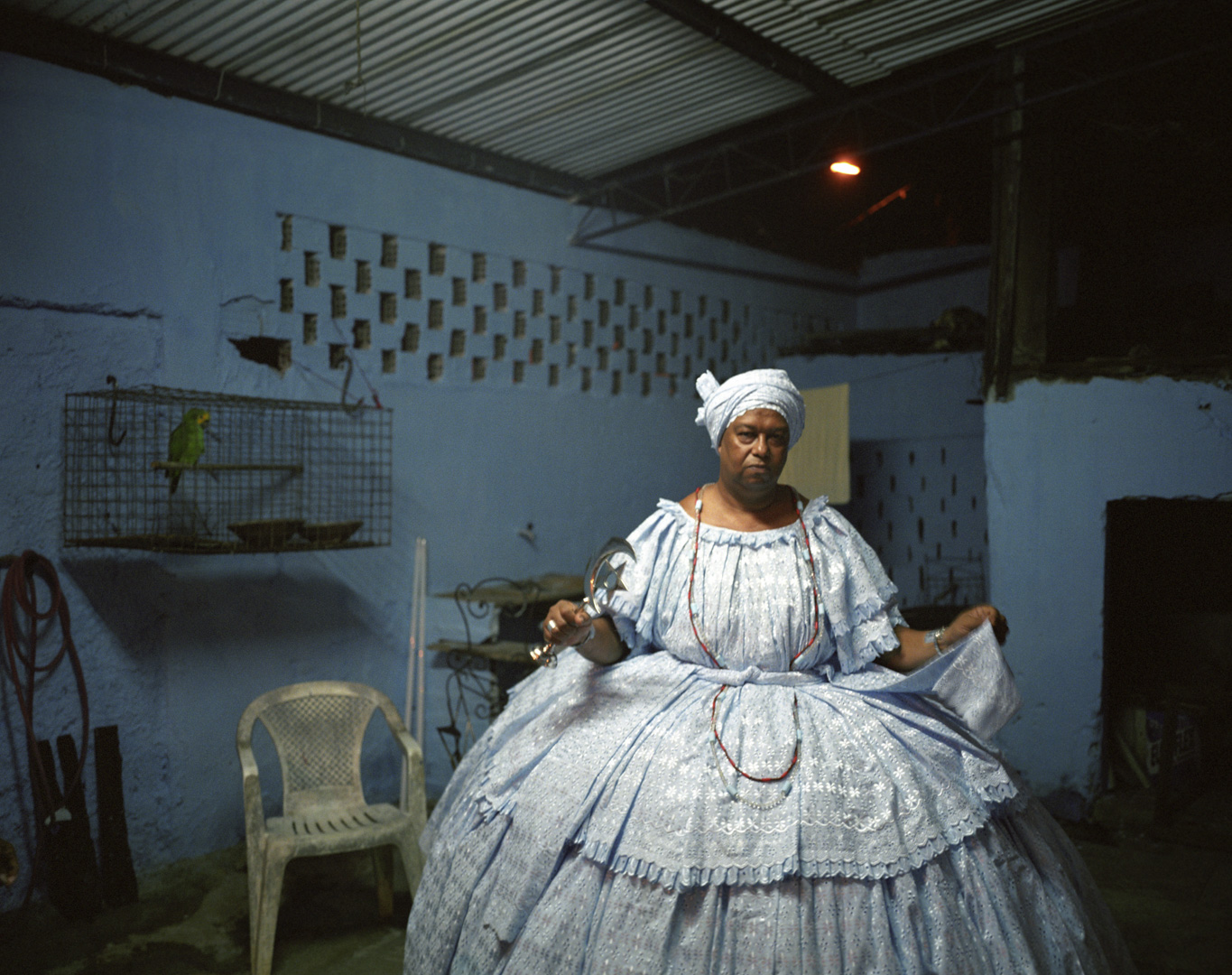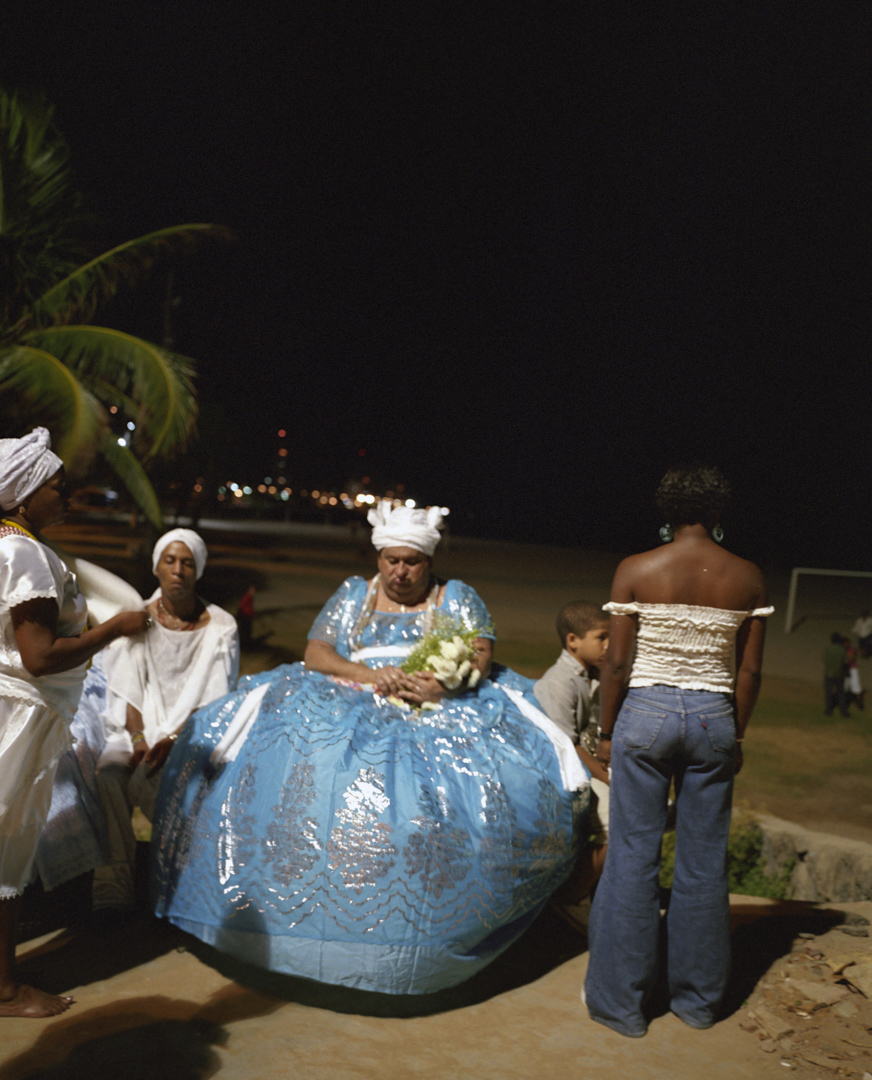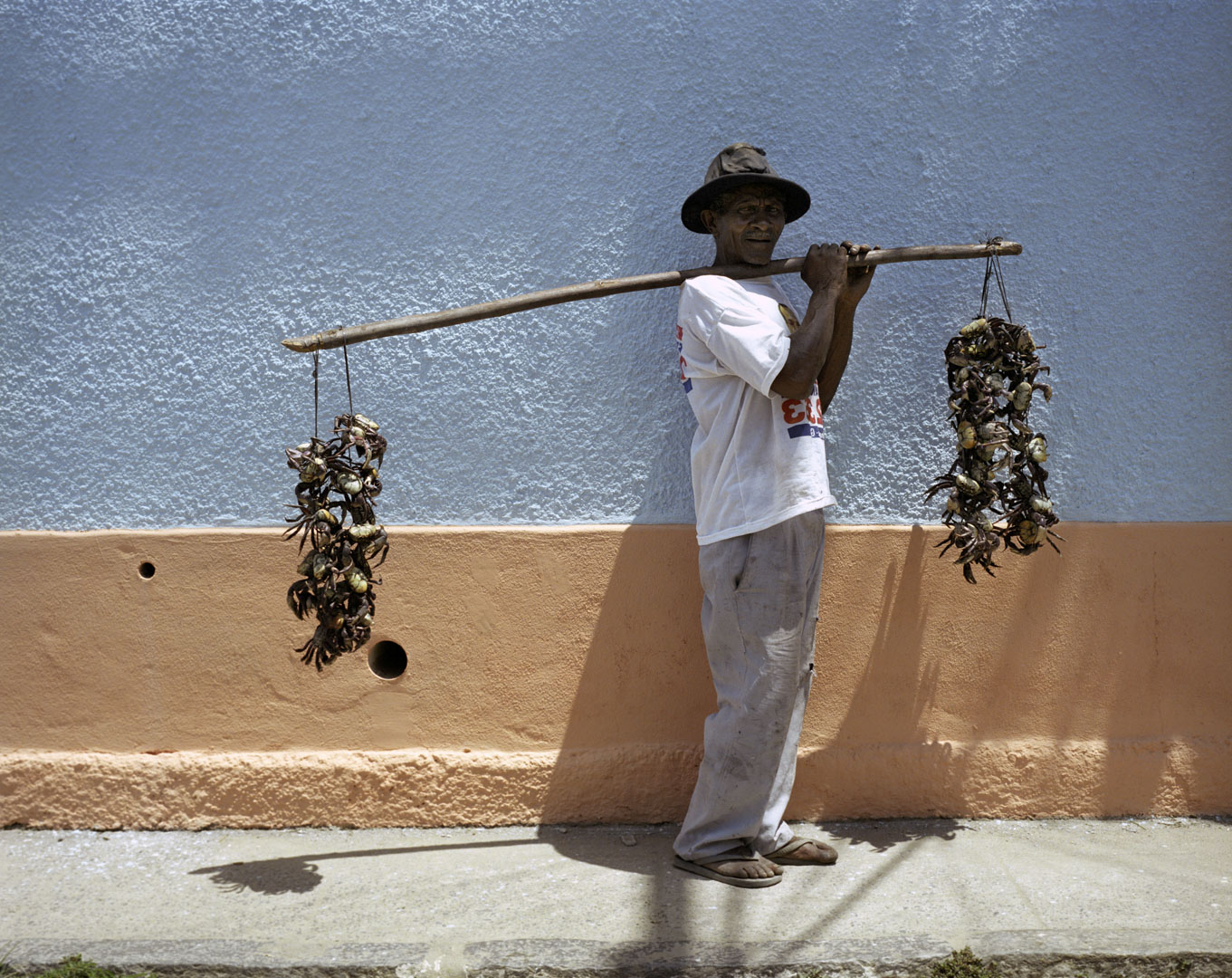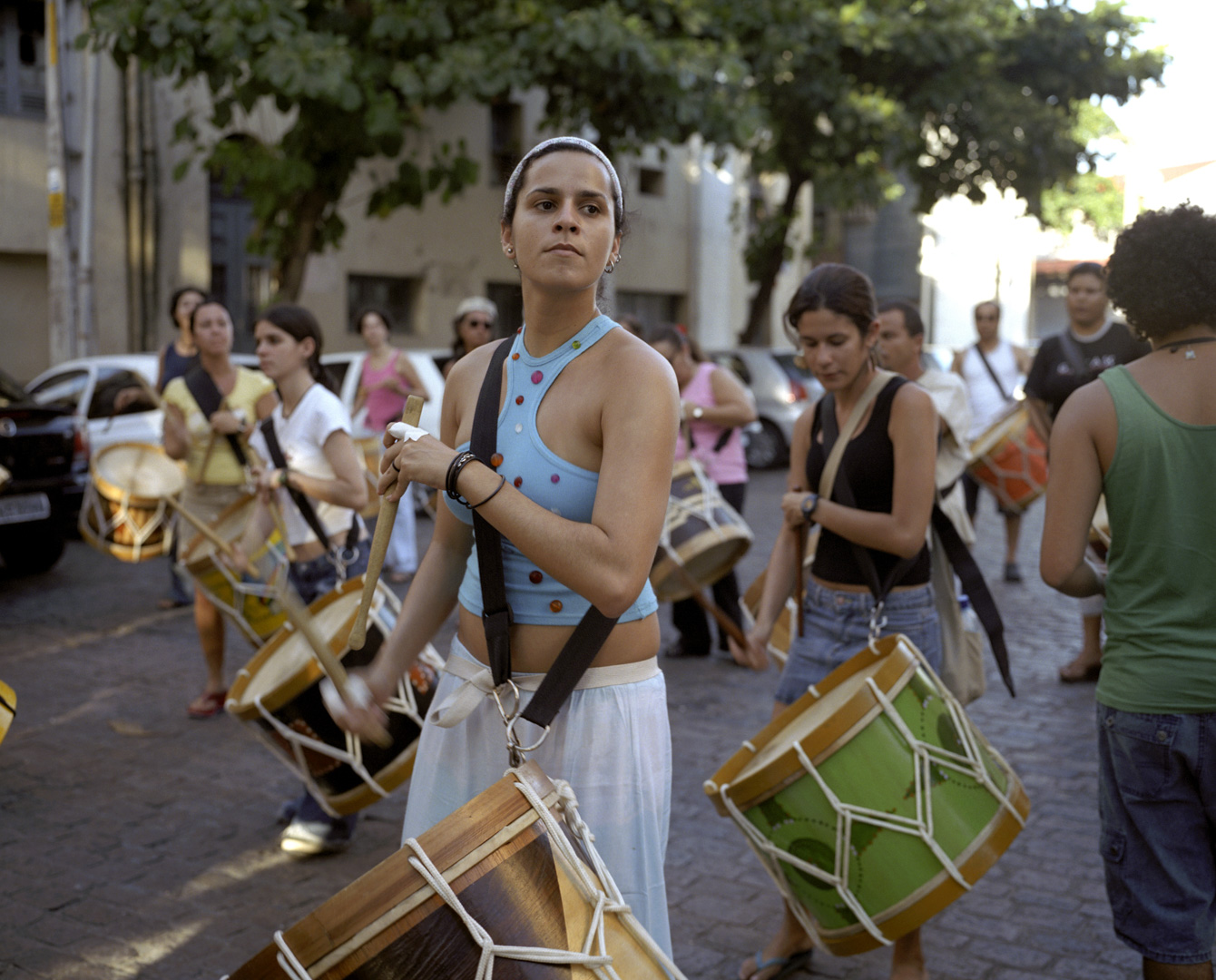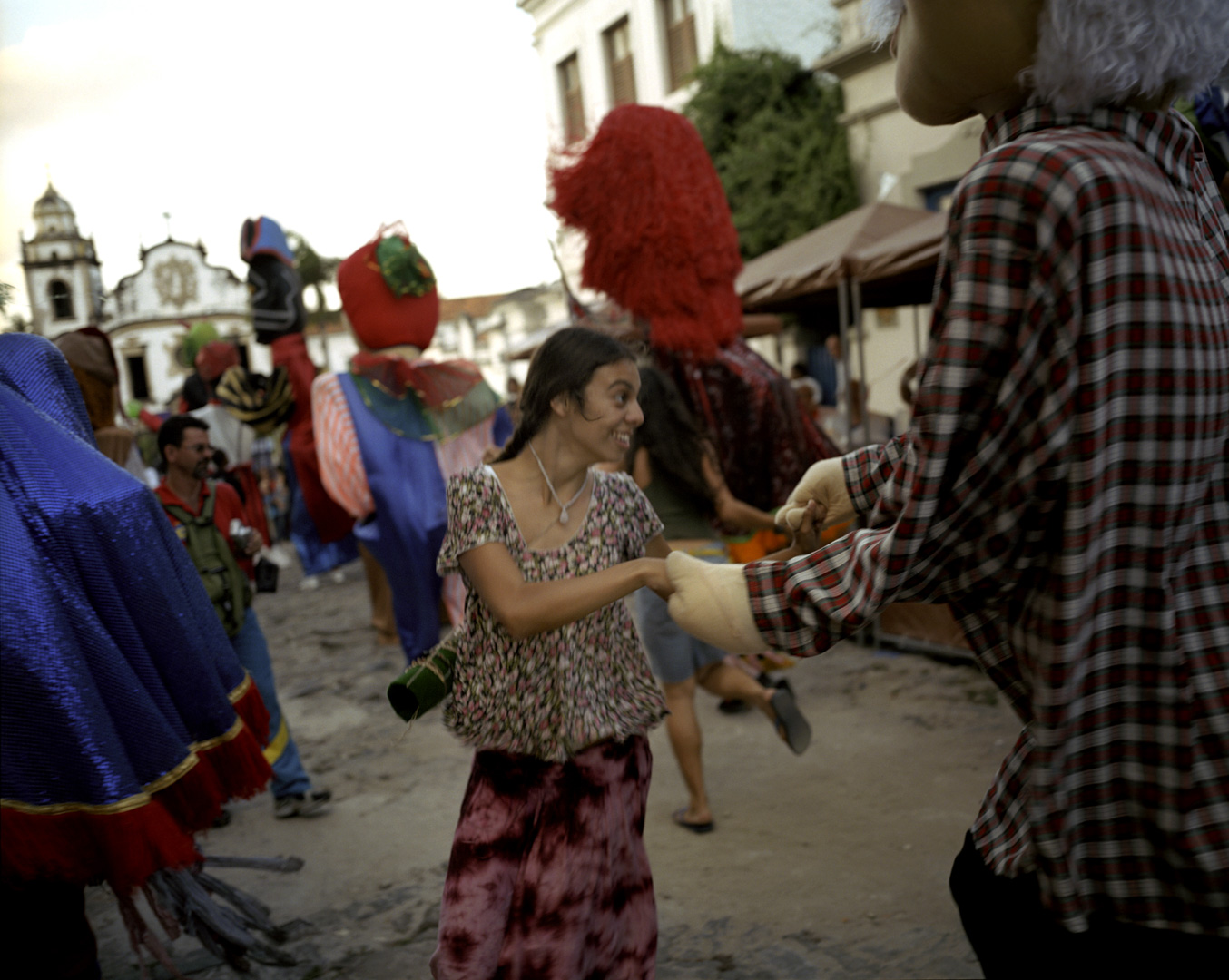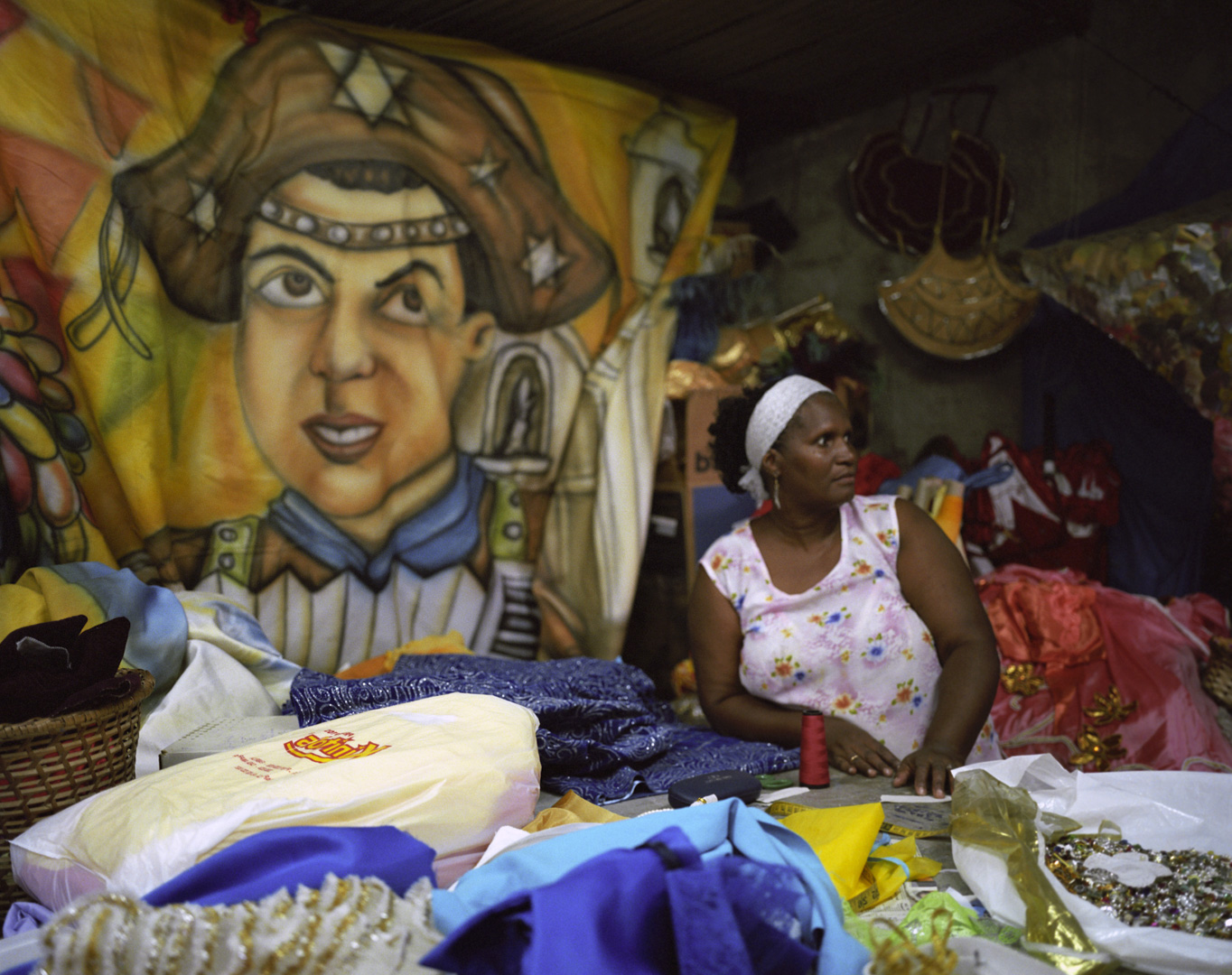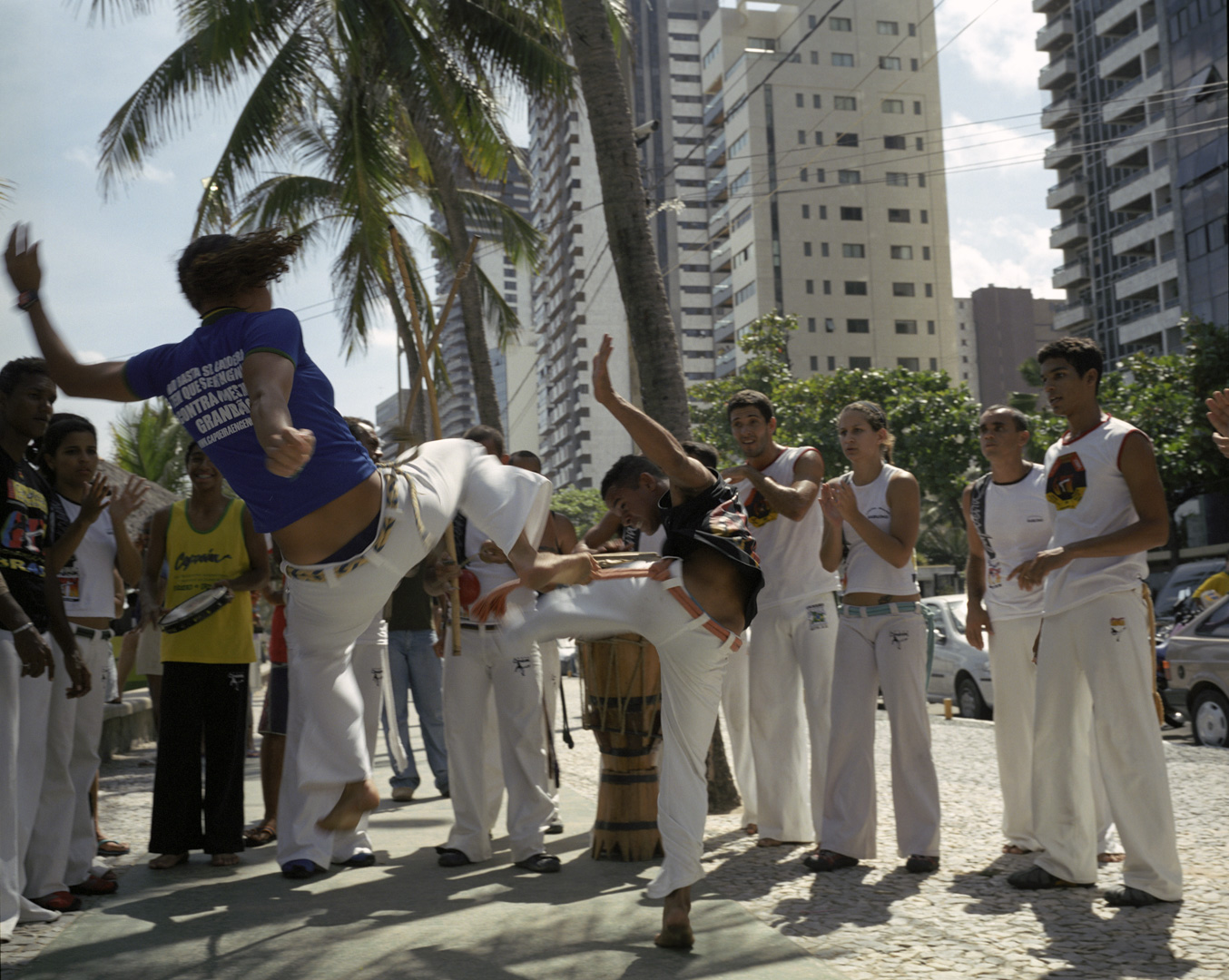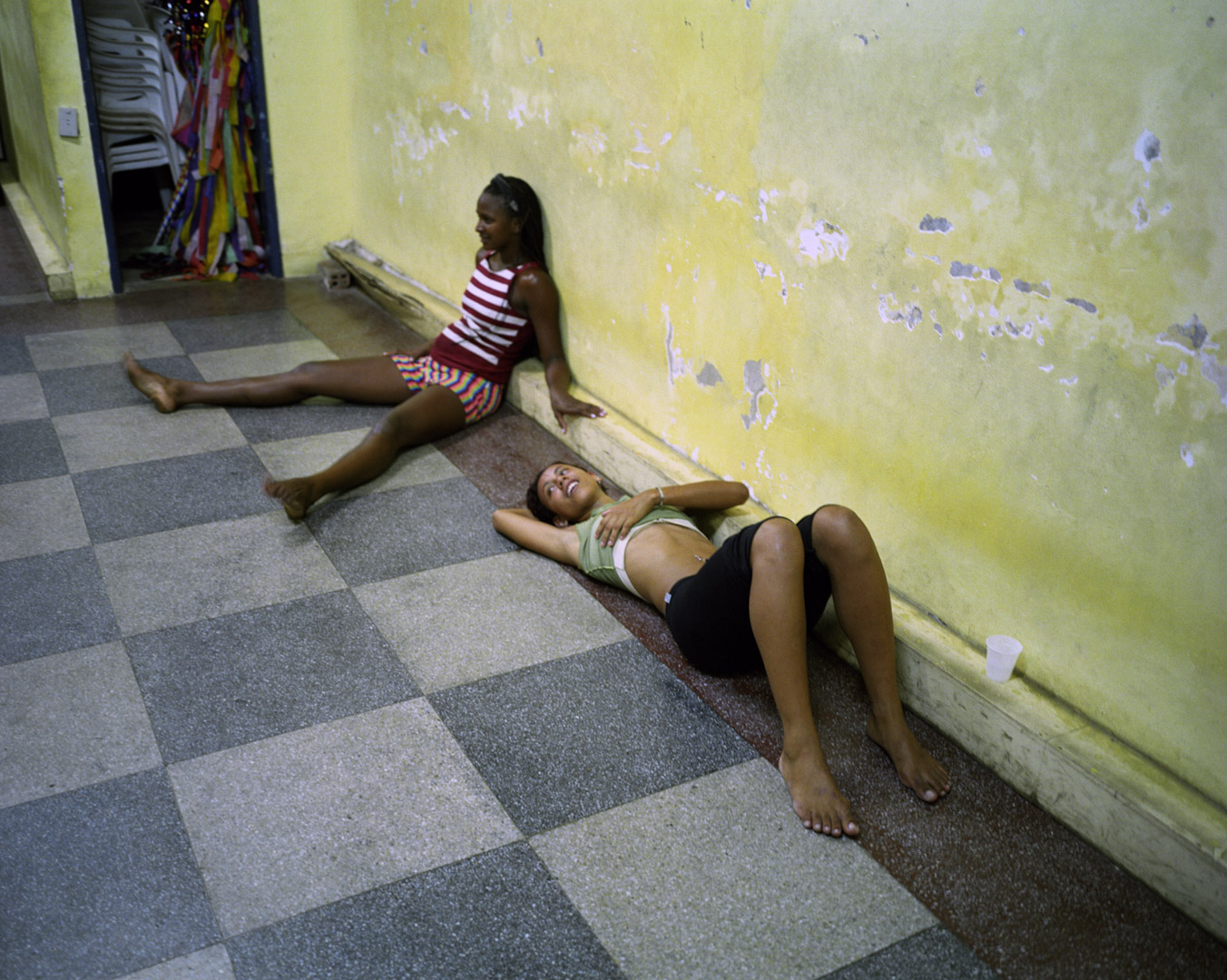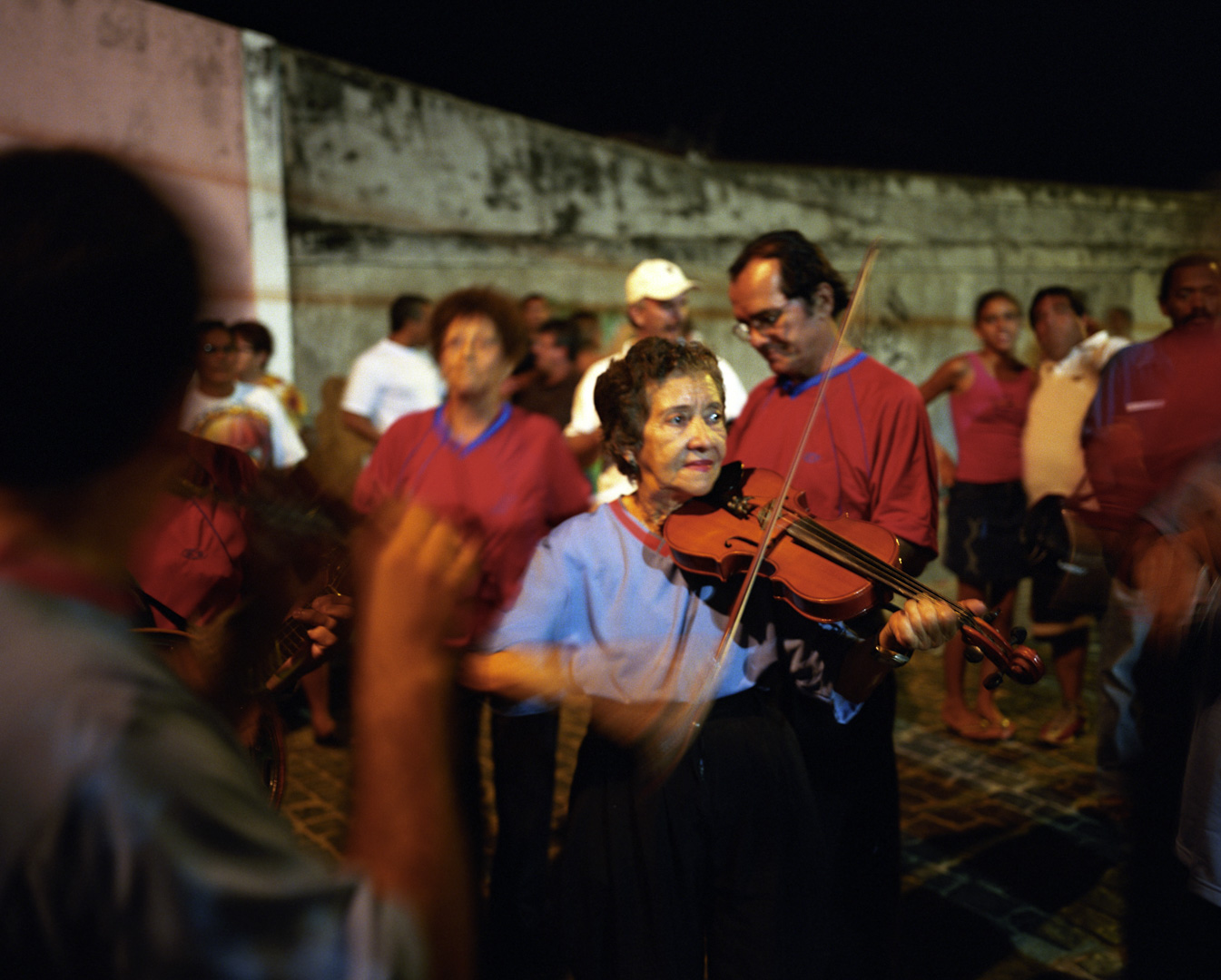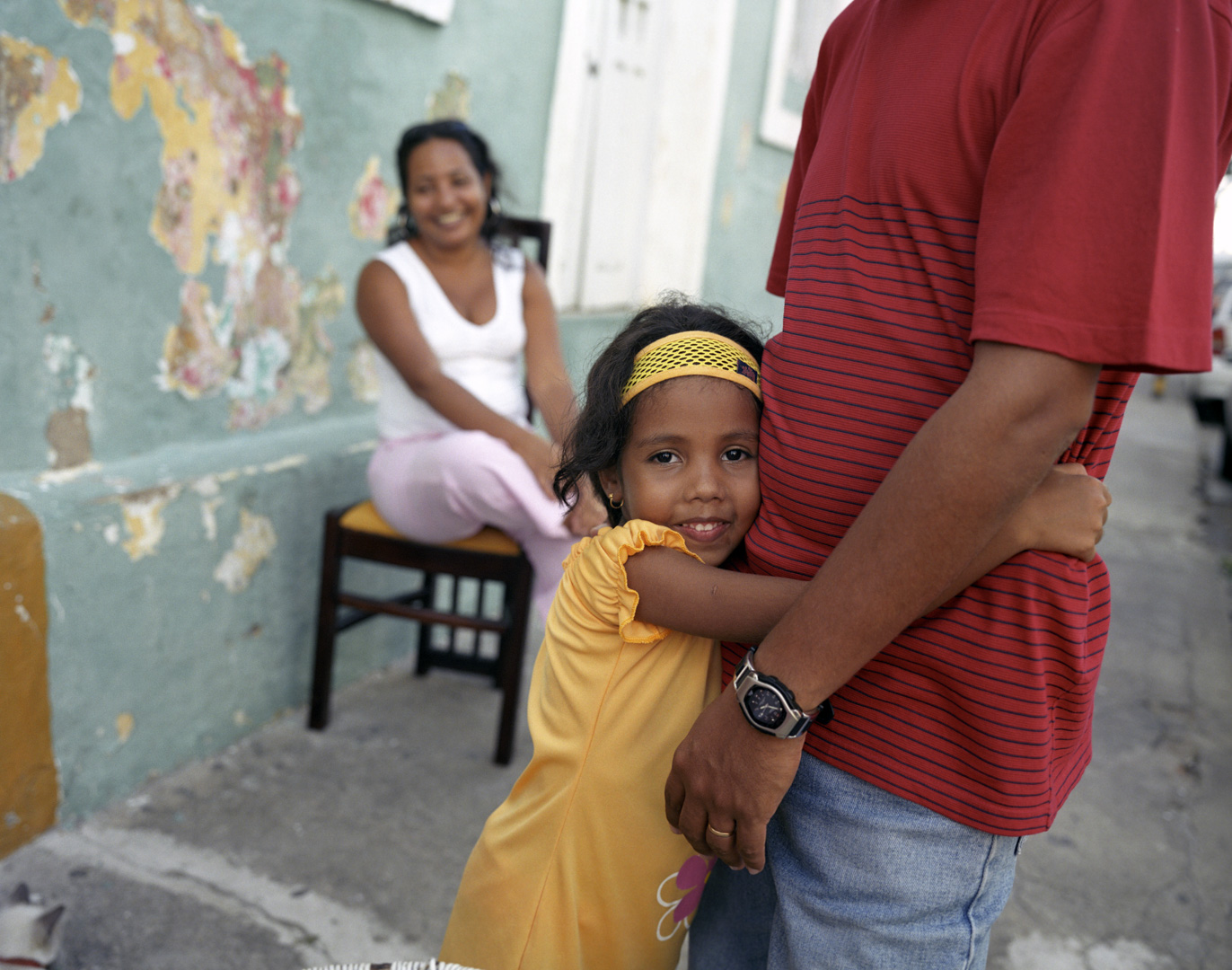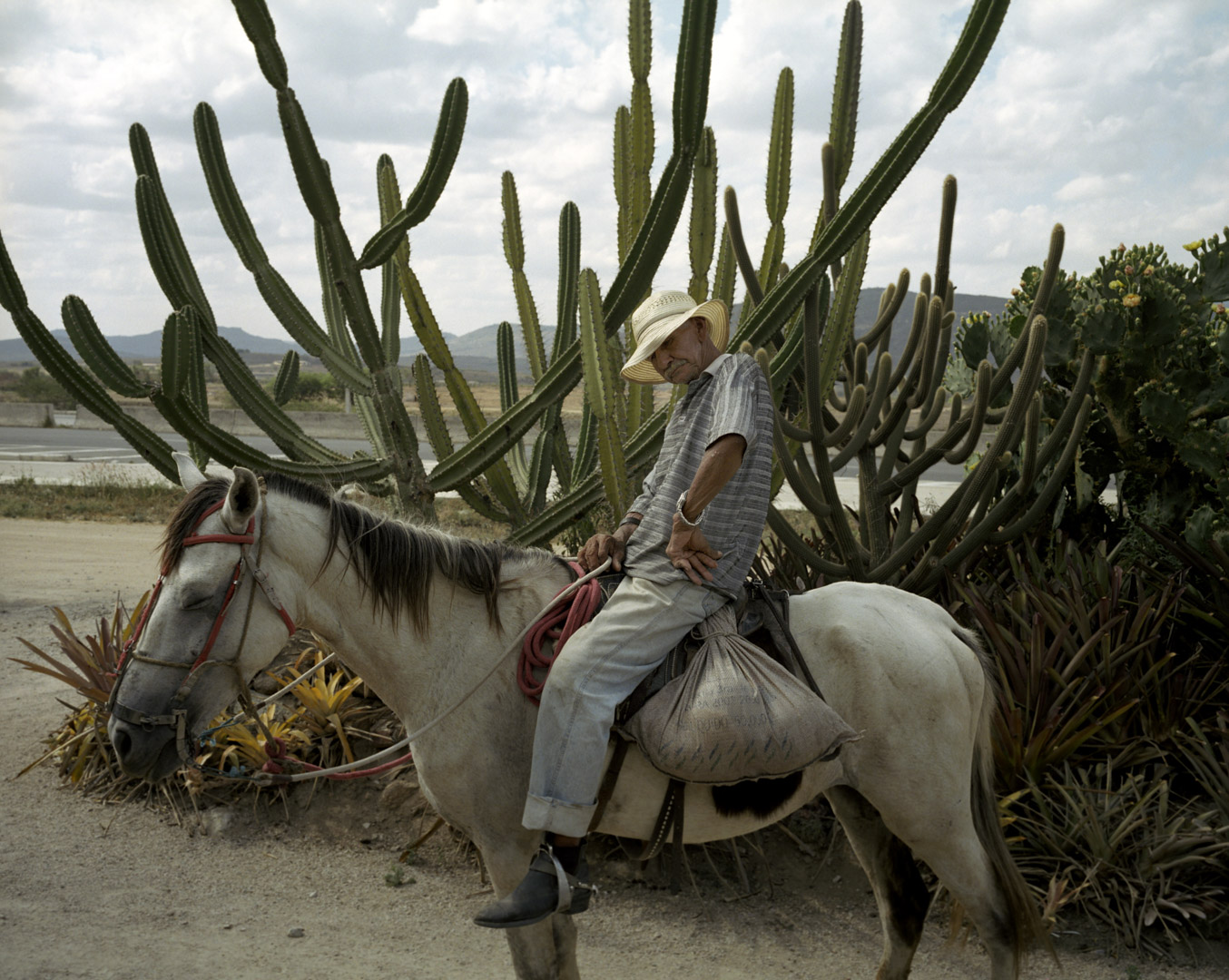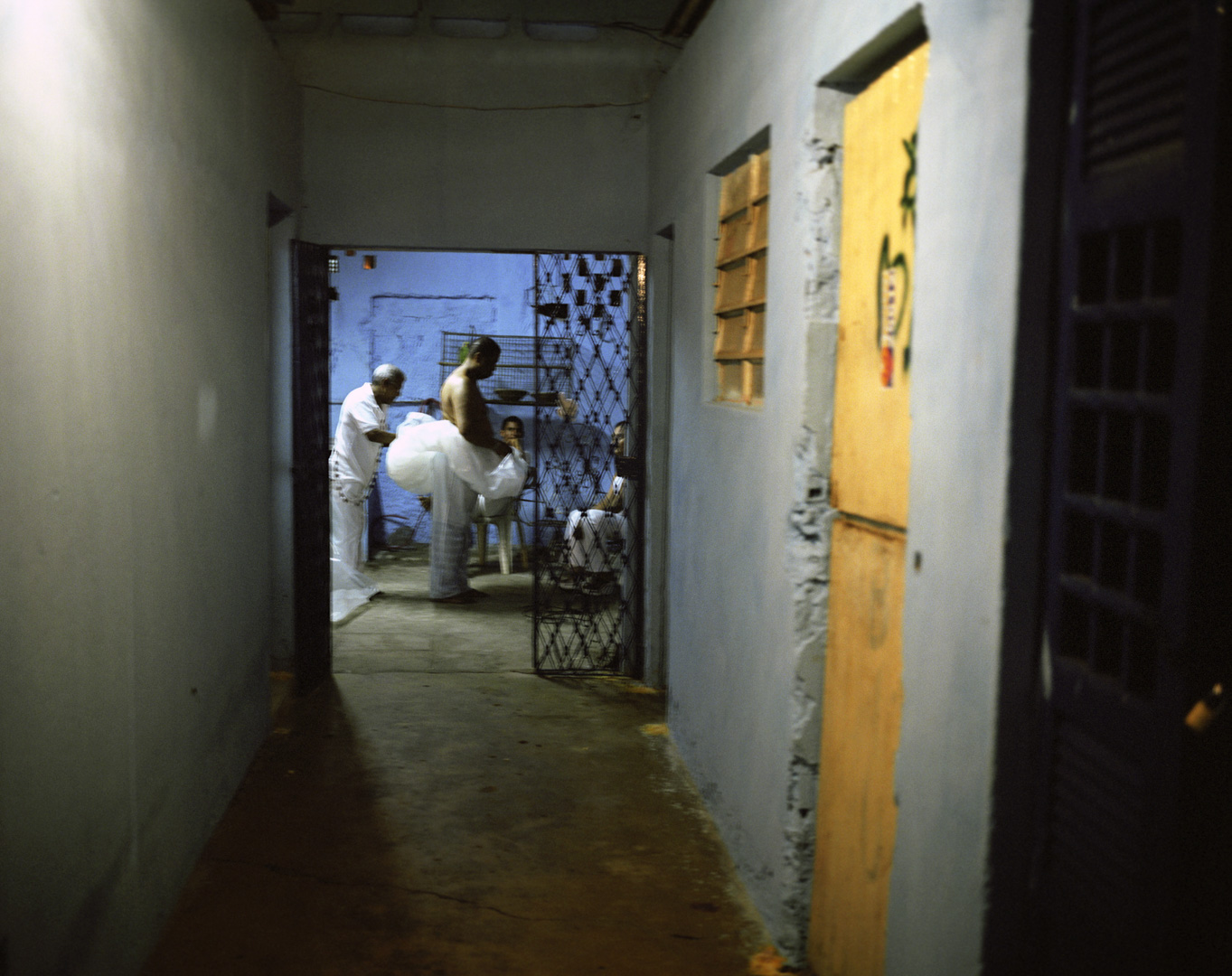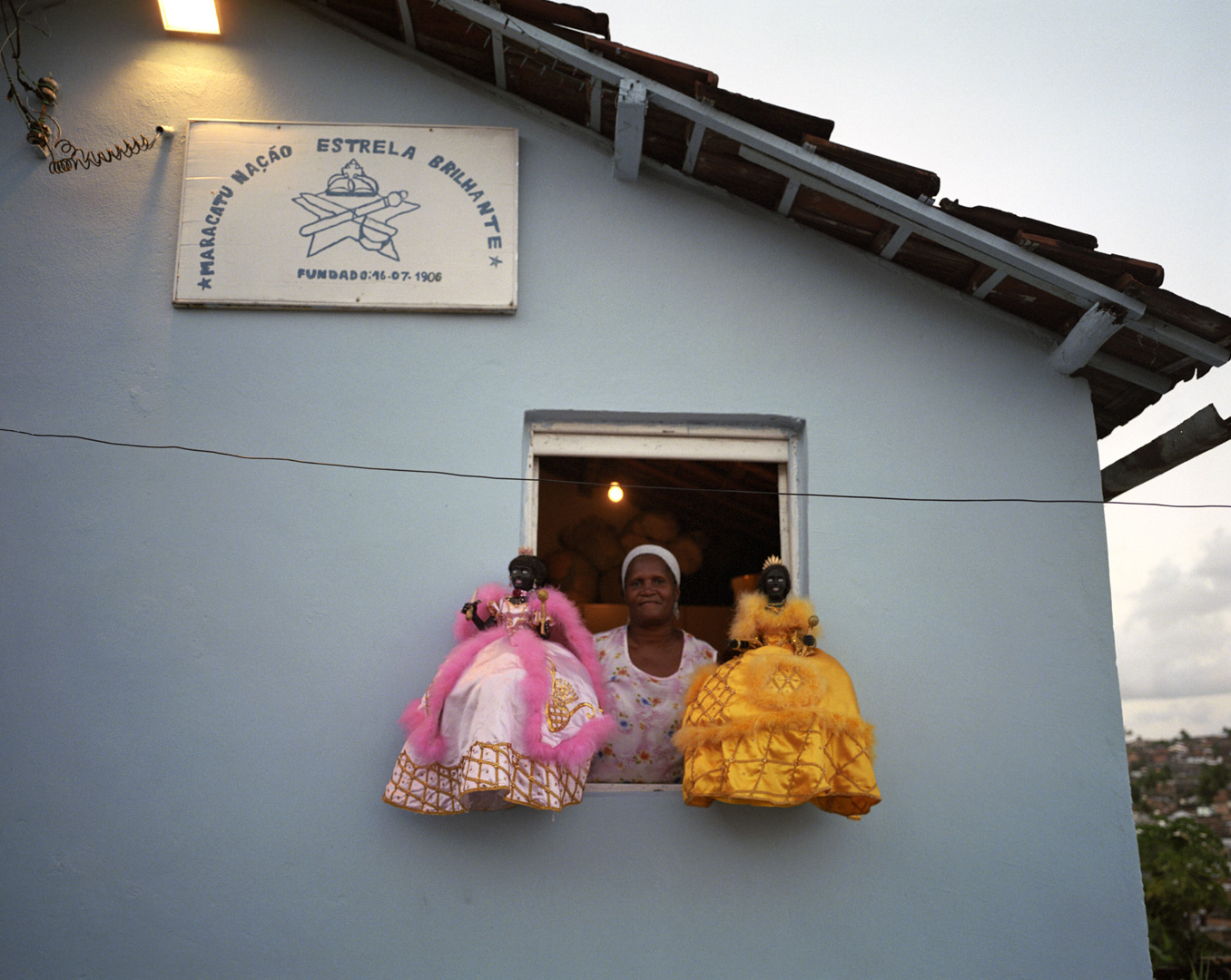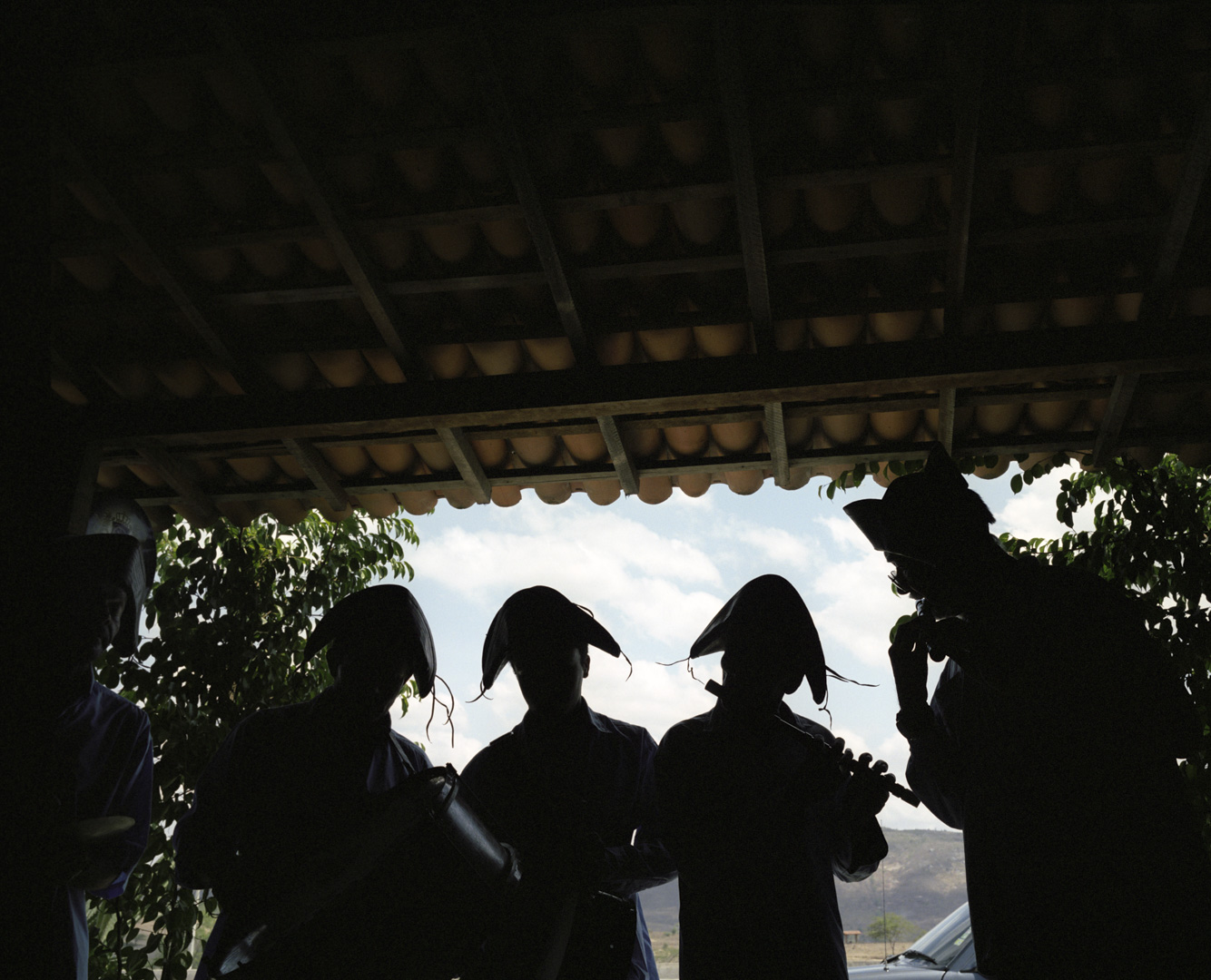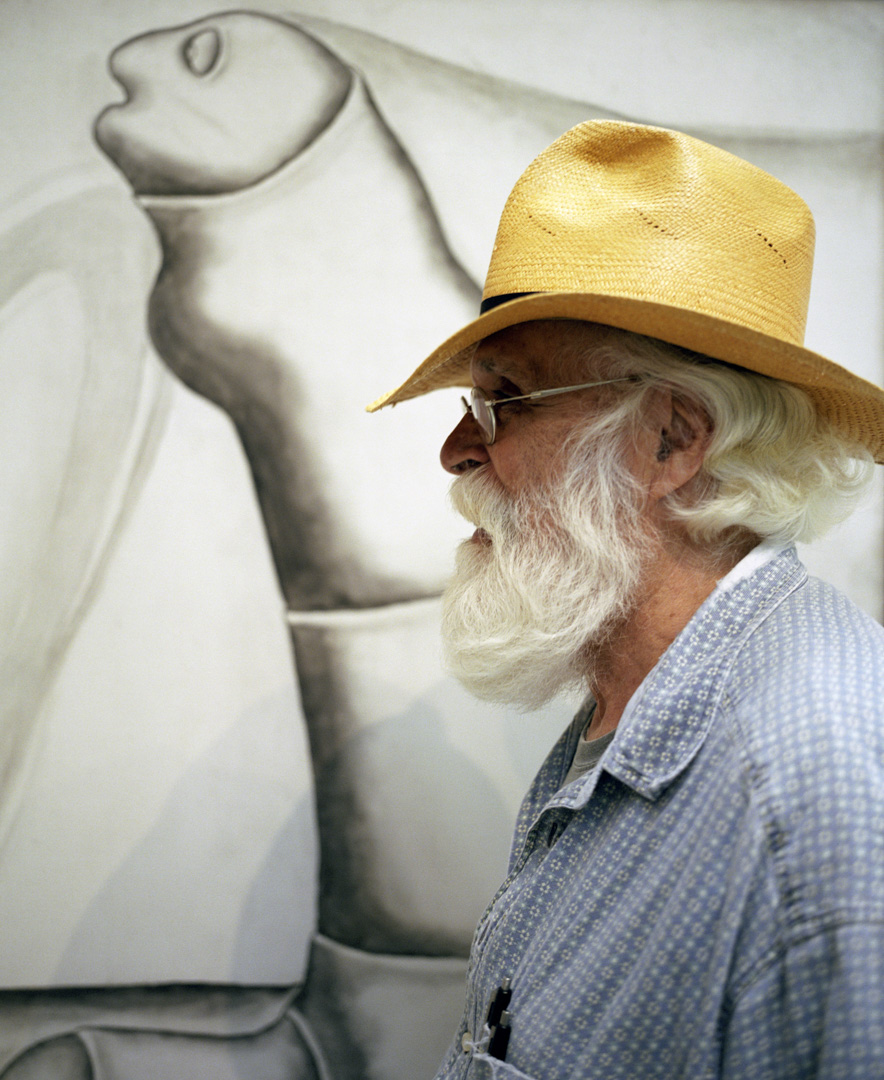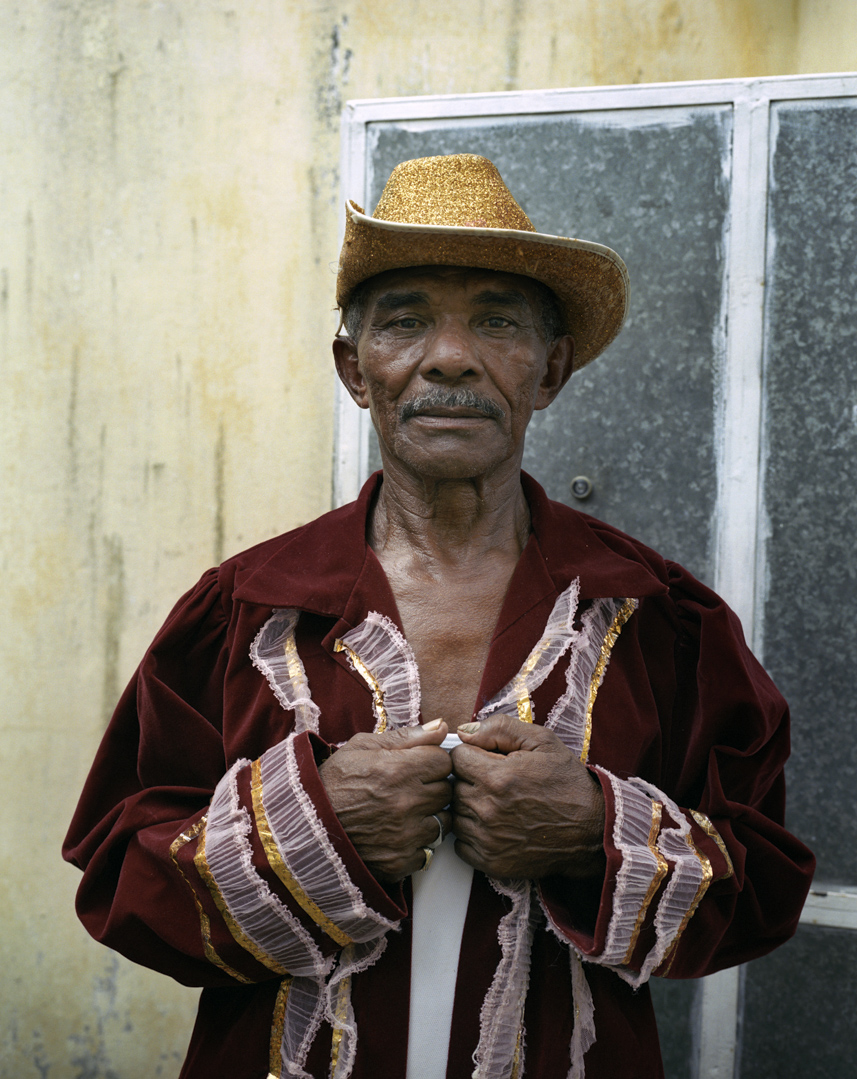The Spirits of Pernambuco, 2004
It is on the fertile lands of Pernambuco that the “mill lords” settled during the colonization, which will make Brazil the first world producer of sugar, in the 18th century.
The development of this product on the European markets attracted many settlers. In a hurry to populate the immense wasteland coastline, the Portuguese lords (but also Dutch, Norman or English) willingly joined forces with the country’s Indians, and later with the black slaves who came from Africa to serve in the casa grande, the manor house,
and work in the fields.
“The belly, which gives the children, is the most productive part of the slave property”, claims then a manifesto, quoted by the sociologist Nordestin Joaquim Nabuco. From these unions will be born a mestizo population specific to the region: the caboclos, with unpredictable genetic whims. In the dirt roads that bleed the fields of sugar cane, it is not rare to meet small pink mulattoes like Flemish Jesus, red Indians, or galegos, negrillons with golden curls, a distant heritage of a Portuguese ancestor. With the abolition of slavery in the 19th century, Pernambuco had lost its dominant position on the sugar market, but the invention of the alcohol-powered combustion engine made it one of the pioneers of “green oil”, the fuel of the future.
In recent years, the economic crisis has led to a drop in production, intensifying social unrest.
